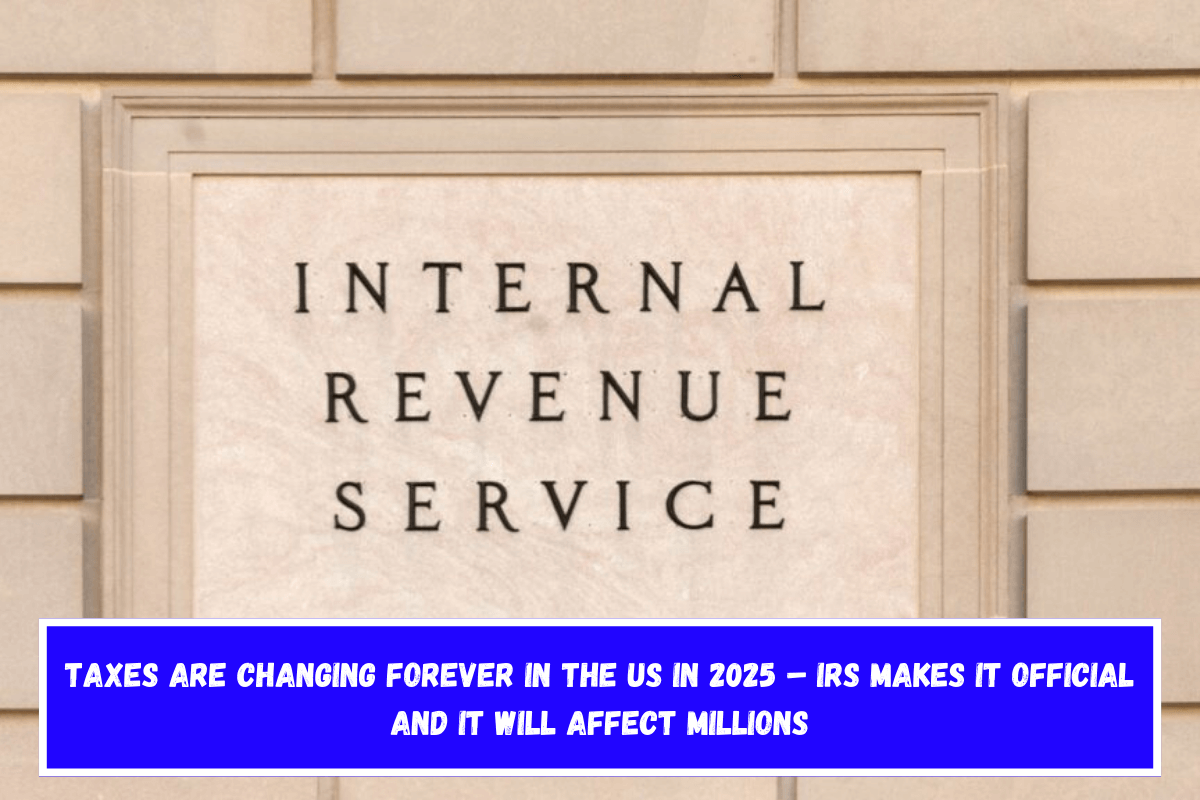At the end of each year, the Internal Revenue Service (IRS) discloses all of the changes, big or little, that it will make to tax laws for the next year. Making them early ensures that impacted Americans have ample time to determine which ones will affect them, whether positively or negatively. One of the modifications this year is that Americans will earn about 2.8% more next year.
Many people may find this shocking, given how inflation has decimated many people’s savings and increased the cost of living. As the cost of goods and services rises, the real worth of people’s income falls; however, the IRS has made a few changes to its tax tables and other tax parameters to mitigate this impact.
The adjustments the IRS has made to tax parameters
Not all money is taxed equally. Most Americans may be unaware that the IRS employs tax brackets to tax income that it considers taxable. These tax brackets set the tax rate on each dollar of income and are modified frequently to reflect increased living costs. This is done to ensure that those whose income stays up with the cost of living are not penalized for being in a higher tax bracket although earning less money.
To help with this, standard deductions for all filing statuses were increased, allowing taxpayers to lower their taxed income. Itemized deductions will remain unchanged, but because the amounts to deduct are likely to have increased, the effect will be the same.
Other changes include those to the Earned Income Tax Credit, which is a refundable tax benefit intended to assist low- and moderate-income families. The new year will see a rise in the refund to assist these working families. The majority of qualifying families have children, which may lead individuals to believe that having children is required to qualify, although some families without children may still meet the requirements. To be eligible for this credit, you must
- Have worked and earned income under $63,398
- Have investment income below $11,000 in the tax year 2023
- Have a valid Social Security number by the due date of your 2023 return (including extensions)
- Be a U.S. citizen or a resident alien all year
- Not file Form 2555, Foreign Earned Income
- Meet certain rules if you are separated from your spouse and not filing a joint tax return

The Alternative Minimum Tax (AMT) also received an adjustment. It is a tax that applies to persons having particular tax breaks and high income, which can result in significant tax deductions. The AMT limits those benefits and ensures that people pay a minimal amount of tax.
The IRS calculates this tax as “The AMT is the excess of the tentative minimum tax over the regular tax.” Thus, the AMT is due only if the tentative minimum tax for the year exceeds the ordinary tax for that year. The preliminary minimum tax is calculated independently from the normal tax.
In general, compute the tentative minimum tax by computing taxable income, eliminating or decreasing certain exclusions and deductions, and taking into account differences between when certain items are used to compute regular taxable income and alternative minimum taxable income (AMTI). Subtracting the AMT exemption amount, multiplying the amount determined in (2) by the applicable AMT tax rates, and subtracting the AMT foreign tax credit.”
The Chained Consumer Price Index (C-CPI) influences the majority of the IRS’s modifications. This index measures changes in the prices of a basket of goods and services consumed by American households, supplementing the Bureau of Labor Statistics’ existing indexes: the CPI for All Urban Consumers (CPI-U) and the CPI for Urban Wage Earners and Clerical Workers (CPI-W).











Leave a Reply